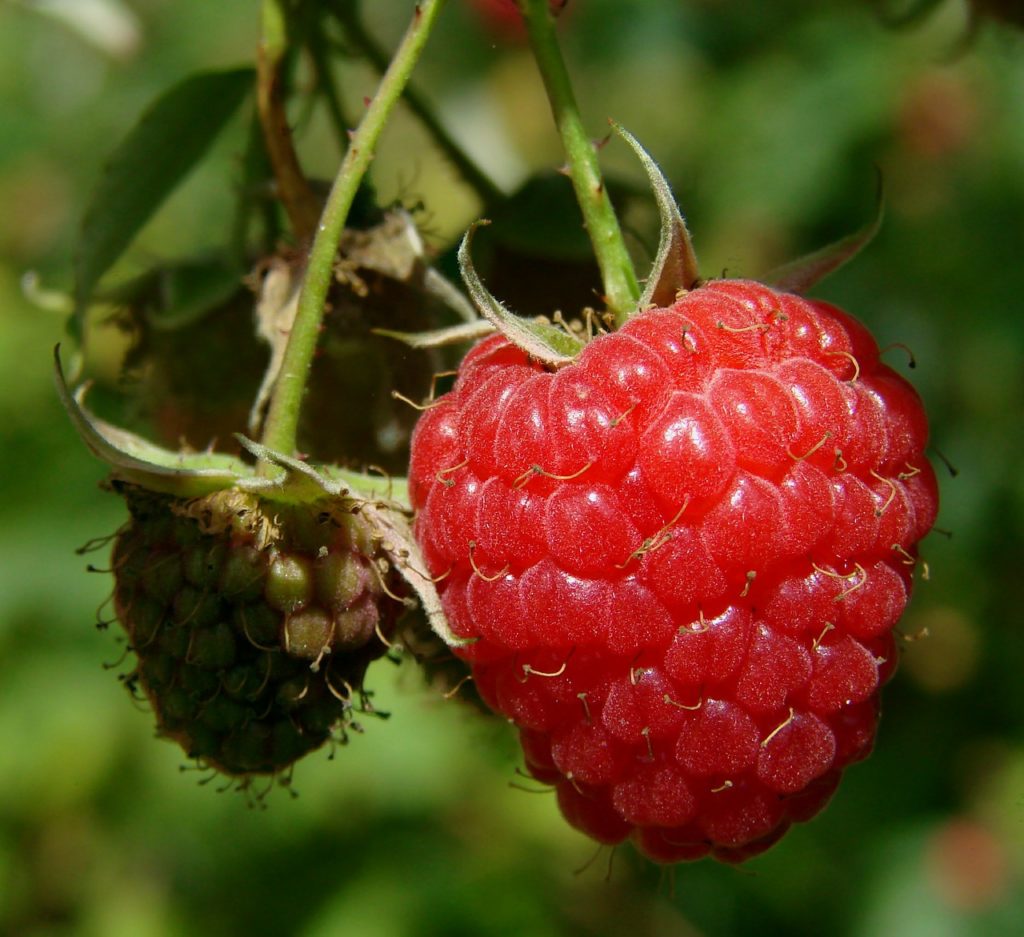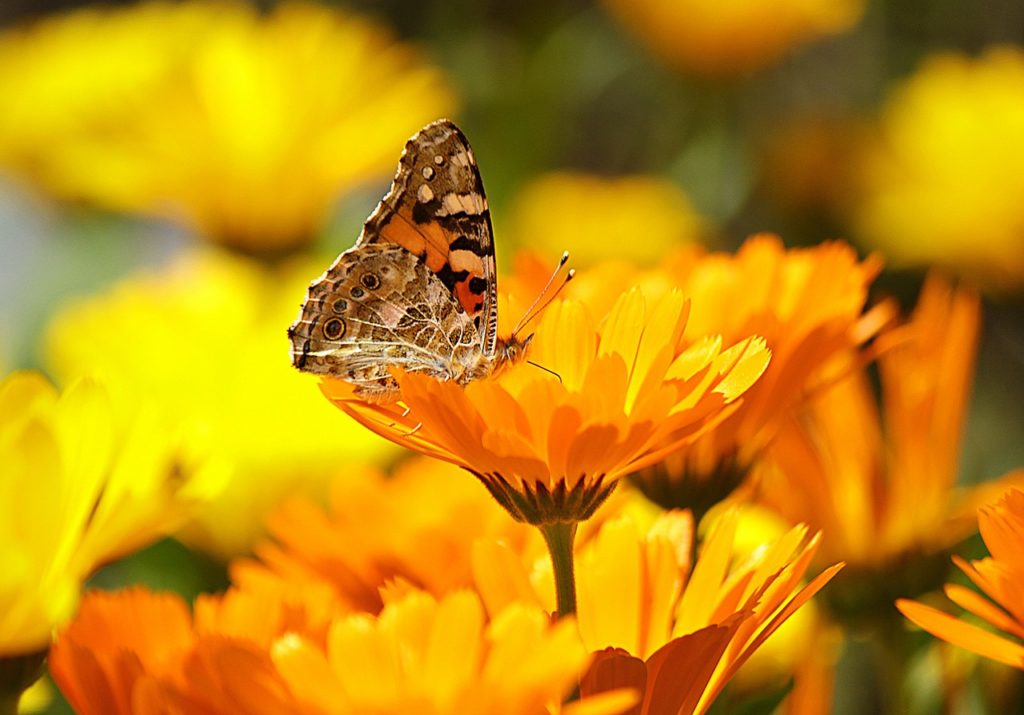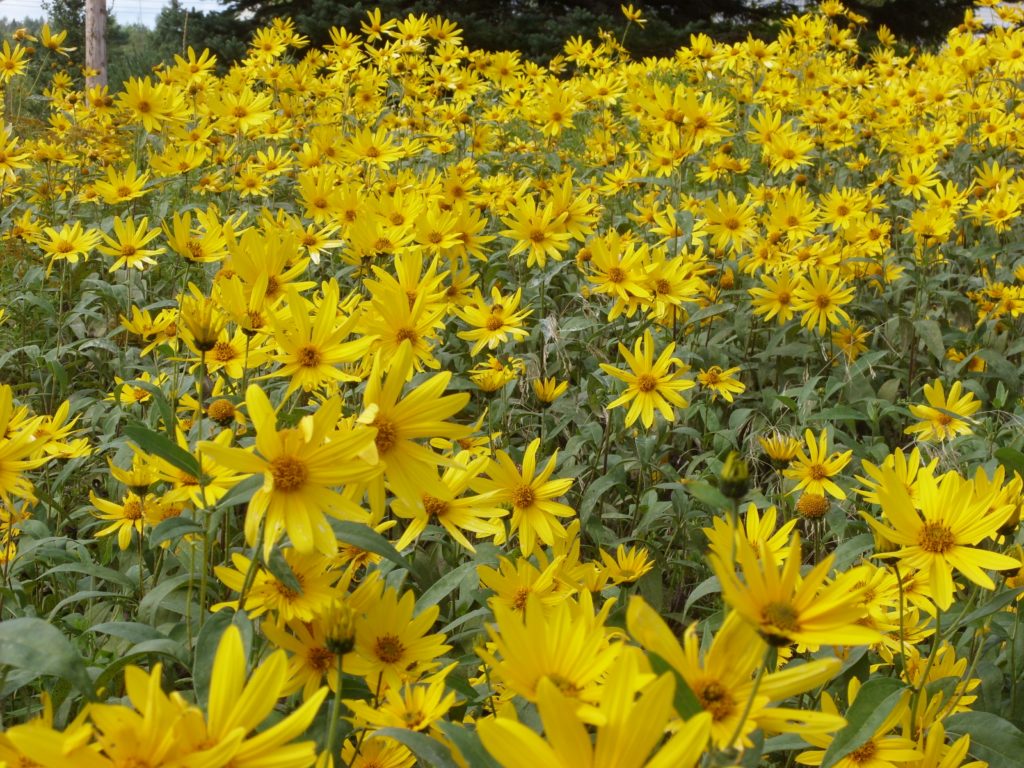Dandelions, mint, other edible plants that spread and take over

Planting a neat cluster of mint in your herb garden may seem like a great idea. The leaves are fragrant and tasty, great for adding to teas and salads and fizzy drinks. But beware, mint is among the edible plants that easily spread to unexpected places.
Next year, you might find it edging out your other herbs, or even invading your lawn. It’s not actually an invasive species, but it sort of behaves like one.
“When you mow, it’ll smell amazing,” said Kate Garland, horticultural professional for the University of Maine Cooperative Extension. “But those kinds of plants can be a really big headache if you don’t want them.”
Mint is one of several unruly edibles. In many cases, these plants can be easily controlled in pots or raised beds, or — in some cases — not allowing them to go to seed. But first, you have to know what plants to watch out for. Here are just a few:
Oregano

A popular herb that’s often used to season meat and flavor sauces, oregano is in the mint family. Like many plants in the mint family, it tends to spread through its robust root system, Garland said.
Other popular plants in the mint family that are known to spread widely include lemon balm and catnip. However, these plants are fairly easy to control by placing them in pots or raised beds. Just keep in mind that once you establish them in a bed, they may be difficult to get rid of. For this reason, they’re sometimes banned from community gardens, where people are assigned new garden beds each year.
Dandelions
Abundant throughout the country, dandelions are rarely grown purposefully, but they’re a perfect example of an edible that has a tendency to spread and grow just about anywhere.
“It was brought here from Europe,” said Emelie Swackhamer, horticulture educator with Penn State Extension. “It’s a good edible plant, and [it has] run amok in this country.”
Dandelions also aren’t technically an invasive species, but they are one of the most common “weeds” found in lawns throughout North America. Many people still use this plant’s bitter leaves and yellow flowers as food and in tea. In addition, it’s a great plant for pollinators. Yet dandelions are often unwelcome on perfectly manicured turfs.
“Beauty is in the eye of the beholder,” Swackhamer said. “Some people think dandelions are really annoying and horrendous … It all depends on your perception.”
Instead of spreading by root system, dandelions spread through their tiny seeds, which they produce in abundance. Each seed is attached to a parachute-like structure of fine hairs that carries them through the wind so they can land and take root far from the original plant.
Raspberries and blackberries

Many bramble plants in the Rubus genus — including raspberries, blackberries and wineberries — have a tendency to spread through their roots, sending up new shoots each year to expand their territory.
“Wineberry plants can take over in very large areas here in Pennsylvania,” said Swackhamer. “I’ve seen them take over a field.”
When cultivating these berries, their growth can be kept in check by organizing the plants in orderly rows with trellises, then pruning them annually. This is described by the University of New Hampshire Cooperative Extension in a detailed online planting guide for raspberries.
Dill
A tall, feathery herb used extensively in cuisine, dill is an annual herb that spreads by seed. Therefore, to prevent this plant from popping up all over your garden, simply harvest the flower heads before they go to seed.
Calendula

In the daisy family, calendula is a genus of several species of plants that produce bright, edible flowers and spicy leaves that are often added to salads and used to make medicinal products.
Calendula readily self-seeds, which allows them to spread over time, according to a fact sheet provided by Cornell University.
“It’s pretty easily to manage if you don’t let it go to seed,” Garland said. “It produces a lot of flowers, so that can kind of get ahead of you, but the seedlings themselves are pretty easy to weed out.”
Most people cultivate these edible plants to harvest their orange and yellow flowers, however, so keeping its growth under control isn’t much of a problem.
Garden sorrel
A perennial herb, garden sorrel (or common sorrel) produces spinach-like leaves that have a tart, lemony flavor. This plant has long been cultivated to be used in salads, soups and sauces. It’s also considered by many to be an aggressive weed, according to the Missouri Botanical Garden. It spreads by seed; therefore, cutting off the flowering stems before they go to seed is key to keeping these plants under control.
Jerusalem artichokes

Native to central North America, Jerusalem artichokes (also known as sunchokes) was food for several native tribes of the region prior to the arrival of European settlers, according to the Alternative Field Crops Manual published by the cooperative extensions for the University of Wisconsin and University of Minnesota. The plant’s tubers resemble potatoes and taste similar to water chestnuts. The plant also produces big yellow flowers, great for pollinators.
The French explorer Samuel de Champlain transported Jerusalem artichokes from North America to France in 1605, and by the mid 1600s, it was widely used as food for people and livestock. Despite its long history as an edible, many people consider it to be a weed because they’re extremely vigorous and will compete strongly with other plants, according to the manual.
“They’re pretty tall plants, and they have a very aggressive root system,” Garland said. “It’s a really nice plant for a certain setting.”
Chamomile
Valued for its medicinal properties, chamomile is a plant often used to produce soothing teas.
It comes in a few varieties, with German chamomile or wild chamomile being most commonly used for the production of teas.
This plant readily self-seeds, which causes a patch to expand and spread in a short period of time, according to educational material on the plant provided by Extension Dodge County University of Wisconsin-Madison.
“It’s actually a nice groundcover if you’re looking for a lawn alternative,” Garland said of chamomile. “But it’s not necessarily one I’d encourage you to welcome into your garden.”
If looking to control your chamomile patch, you’ll need to be vigilant about harvesting the many flowers the plant produces before they go to seed. Yet many people are content to let their chamomile go wild. The daisy-like flowers are lovely and have a subtle, sweet scent.
Sometimes, edible plants spreading can be a good thing. It depends on the goals you have for your landscape, the space that’s available and what uses you might have for the plant. If you’d enjoy a giant raspberry patch, a lawn of dandelions or a giant bed of mint, by all means, let them grow.
